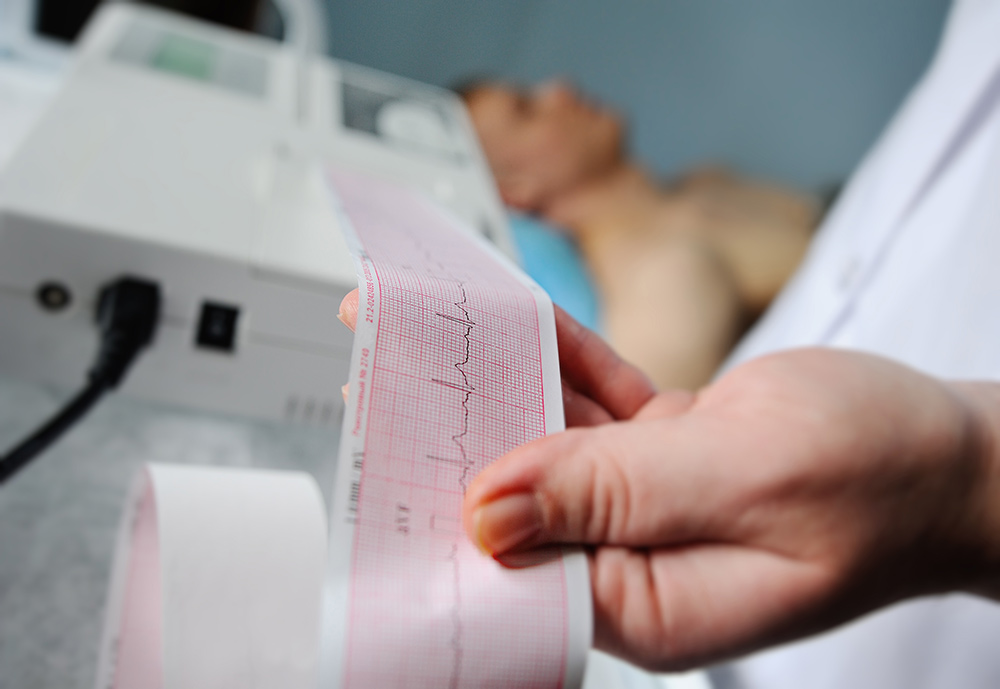Key points:
- Heart diseases occupy the first place of mortality in Mexico, which has prompted us to develop methods designed to achieve the best results.
- The AMI code is a way to reduce mortality, length of hospital stay, and post-infarction sequelae.
Myocardial infarction comprises a series of changes in the heart tissue that originates when a coronary artery becomes blocked or blood flow decreases. The consequences can be cell death and loss of heart tissue.
Which are the risk factors?
Although they are not definitive, these are factors that gradually affect the heart tissues with the possibility of developing an acute myocardial infarction.
- Tobacco use
- Poor diet or sedentary lifestyle
- Diabetes
- Obesity
- Hypertension
- High cholesterol
How do I detect a possible heart attack?
If you have two or more symptoms from this list, go immediately to your nearest hospital:
- Pain or tightness in the chest.
- Pain in the pit of the stomach
- Cold sweat and nausea
- Jaw pain
- Discomfort in the neck that spreads to the arms
- Difficulty breathing
- Not being alert
When you feel that you are about to have a myocardial infarction, every second counts.
At ABC Medical Center we have a service code, called “AMI Code”.
What does our care protocol for myocardial infarction consist of?
The goal is to restore myocardial blood flow in less than 70 minutes to reduce mortality, hospital stay, and the sequelae of the cardiac event.
The doctor performs a timely diagnostic assessment to seize time and offer a successful treatment:
- An electrocardiogram is performed.
- Laboratory tests to look for substances in the blood that are released by damaged heart tissue.
- An intravenous catheter is placed to administer pain medication and, according to medical recommendations, to stop new blood clots from forming.
- A cardiac catheterization is done to check the arteries.
- If necessary, a stent (expandable metal tube) is placed. With this procedure, a small catheter with a balloon at the end is “pushed” into the narrowed coronary artery, then the balloon is inflated, helping to open the affected artery and prevent the narrowing from recurring.
What happens after having suffered a heart attack?
After an episode, a multidisciplinary evaluation is necessary to detect possible physical and psychological aftereffects.
Our psychologists evaluate the patient’s emotional state since they may show signs of depression, anxiety, stress, or fear due to the burden that the disease implies.
A nutritional evaluation is also performed to detect areas of opportunity regarding the patient’s diet, if it is in an optimal state of nutrition, and if it requires a diet to prevent new symptoms.
Post-infarction surgery
In 30% of heart attack cases, there are major failures in three heart arteries, and if the patient’s anatomy is complicated, surgery will be the best option. In it, arterial grafts are placed to use as bridges and free the area to be able to deliver blood to the heart tissue.
In our cardiovascular center, we have everything necessary to act efficiently in the event of myocardial infarction, we also have a range of prevention, diagnosis, and timely treatment services so that your heart’s health remains stable.
Visit our website and find out why we are your best option: https://centromedicoabc.com/en/cardiovascular-center/
Fuentes:
Information taken from internal article.


